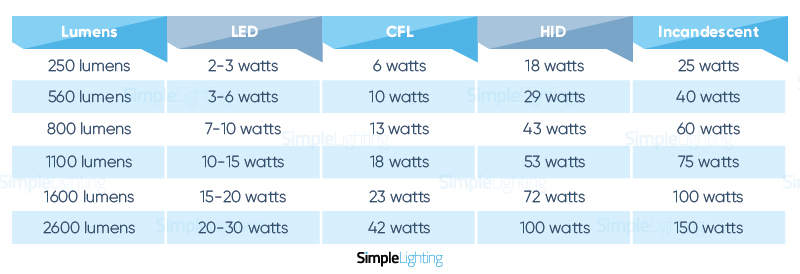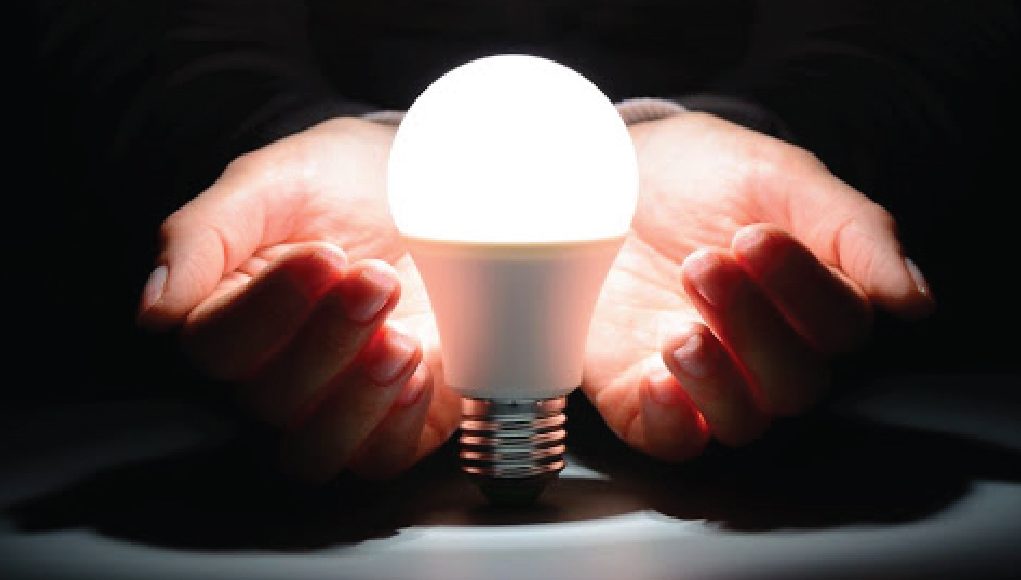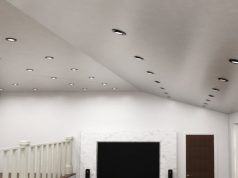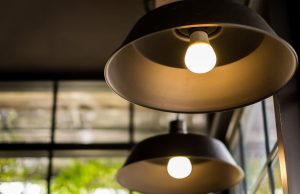When LED lighting first dropped in the market, one of the most common questions that popped into the consumer’s mind was “How do lumens affect wattage?” or “Are lumens relevant to the wattage rating of the lights?” The reason for this is that when people used to buy incandescent bulbs and fluorescent lights, the brightness of the light depended on the wattage rating – the higher the watts, the brighter the bulb. So, when lumens were tossed in the mix, people were confused about how it was relevant and how it affected the performance of the lights.
Lumens vs watts: how do they affect your lighting? Let’s break it down first by starting with the definition of each.
What are Lumens in Light Bulbs?
Lumens measure the amount of visible light intensity that a bulb or a lighting device produces. Does lumen mean brightness? In short, yes, it’s how you measure the brightness of your lights. Aside from that, lumens also take into account light projection. A bulb with a hood that only shines a small amount of light in a single direction would amount to fewer lumens than the same bulb that shines in all directions.
Scientifically speaking, the luminous flux created by one candela (unit of luminous intensity) across a solid angle of one steradian (unit of solid angle) is equal to one lumen. Apart from lumens, there are other methods to measure brightness, but they are the most useful when measuring light from products like bulbs.
Lumens have an almost linear relationship with watts. In other words, a certain quantity of watts can produce a certain amount of lumens in brightness. However, lumens wear out at a certain point, no matter how much energy they get. So, even if your bulbs remain the same wattage, over time, when the physical components of the bulb deteriorate, and the brightness starts to fade, the lumens count will begin to drop, too.
What Does Watts Mean?
Watts are the measurement of the energy required to power electronic devices like bulbs. It equates to absolute power, meaning it measures the rate at which energy is consumed. One watt is equivalent to one joule per second. If you want to dive deeper, you can consult your physics professor, a book or even Google to help you out.
A 100-watt bulb that you use for 10 hours straight consumes around 100 watts, or 1,000 “watt-hours”, also known as kilowatt, a standard measurement for energy consumption in your home.
Fascinatingly enough, and contrary to popular belief – watts do not measure brightness, nor do they indicate anything about brightness. Yet, for the longest time, dimmer bulbs required less wattage than brighter bulbs. Maybe that’s why the concept that watts describe brightness solidified and remained in most people.
Lumens vs Watts in LED lighting
LED lighting is known for being energy-efficient, meaning they do not require a tremendous amount of energy to produce a significant amount of brightness. So, in terms of this technology, comparing lumens and wattage is like comparing pineapples with watermelons. It does not amount to anything!
While older incandescent bulbs transform their used energy into visible light at an expected rate (wasting so much energy), LED technology does not. They use a different approach, which requires less energy to give the same amount (or more) of light. With LED lighting becoming more advanced and efficient, we need to be more well-versed and adapt to measuring brightness with lumens.
So, how do you know the lumens equivalent of a 60-watt incandescent bulb, and how do you know the equivalent in terms of LEDs? Let’s chart it!

Lumens and Wattage for Larger Lighting Fixtures
When it comes to larger bulbs or lighting fixtures that produce a more intense light output, there are other factors aside from lumens that you need to consider when comparing different light technologies. One of those is directionality, which is common in industrial and commercial applications.
Suppose you’re lighting a parking lot with a 250-watt metal halide HID lamp, which roughly creates 14,000 lumens in all directions. In reality, you don’t need that much brightness in all directions. Instead, you need it on the surface of the ground. With traditional lighting, you cannot control the direction of the light, and before it hits the direction you need it to be, the brightness is lost. It either escapes to the housing or diffuses as it springs around the housing’s reflector. That is why it is essential that you use high-intensity lighting but energy-consuming metal halide to supplement enough brightness for that space.
Now, you’re thinking of shifting your parking light fixtures to LEDs. Do you need the same 14,000 lumens? No, it’s not necessary because LEDs are fundamentally directional, meaning their light output points to the way of the target surface, in this case, towards the ground. So, depending on the situation or how vast your space is, you might get away with an LED fixture that’s only 7,000 – 10,000 lumens.
Directionality is only one factor that affects the light output of a larger fixture. There are others like light loss factors, which include ballast factors, voltage, optics, burnout, ambient temperature, lumen depreciation, and more.
It will start to get confusing once you factor everything in to get a true-to-life comparison between various lighting technologies. So, if you want a simpler version, you will be able to use an LED fixture with fewer lumens output (stated on the packaging) than traditional lighting but still produce substantial brightness.
From there, you won’t need a high-output fixture but can settle for a lower output since LEDs have higher optical efficiency while preserving the same foot-candle level at the aimed surface. If you want to see a general comparison, here’s an overview. (Note that other variables may change the results.)

There you have it! It shouldn’t be lumens vs watts because even if you put them side-by-side, the fact that one measures brightness and the other measures energy won’t amount to anything. So, instead of comparing the two, it’s best that you understand the roles they play in your lighting fixtures so you’ll know how to plan your set-up and get the most out of your lights.
If you’re looking for some premium-quality LED light bulbs or LED tube lights, you can visit our website, Simple Lighting, where we sell the best LED Lighting! We have an extensive collection of high-performance LEDs that you definitely don’t want to miss!
What is the lowest watts of an E27 LED bulb?
- Energizer Over-Sized LED Filament Gold G125 E27 Screw, 5w, Dimmable
- 4 x Status 5.5w Golf Ball LED Bulbs, E27 Screw – Cool White
- Energizer, 4 Pack – 8.5w E27 Screw LED Bulbs, Warm White
What is the LED equivalent of a 60-watt bulb?
The equivalent of a 60-watt incandescent bulb with 730 – 800 lumens is a 7 – 9-watt LED bulb. As you can see, an LED lamp is able to produce the same brightness while consuming less power. It’s able to do so because LED lighting solutions can convert most of the electricity they consume into light, with a significantly tiny portion ending up as waste.
As a result, even if LED light bulbs have a relatively low wattage requirement, they are still able to produce outstanding luminance!













